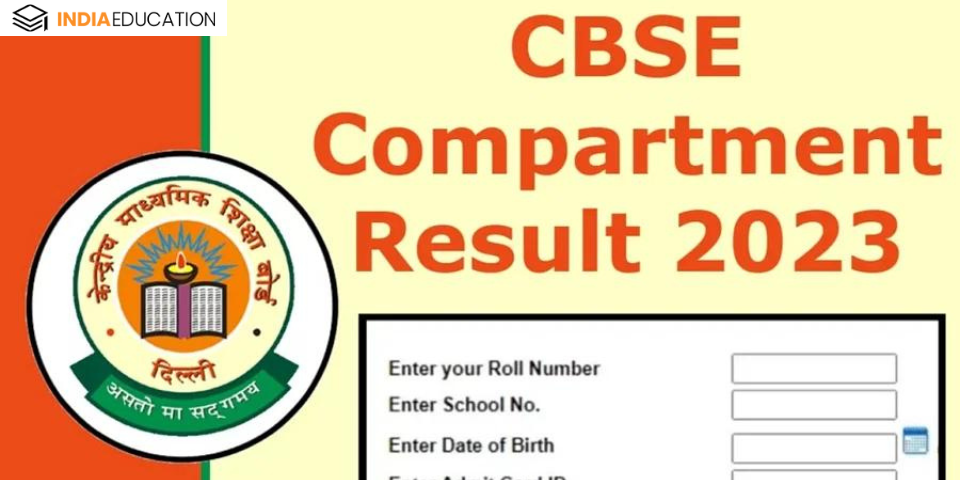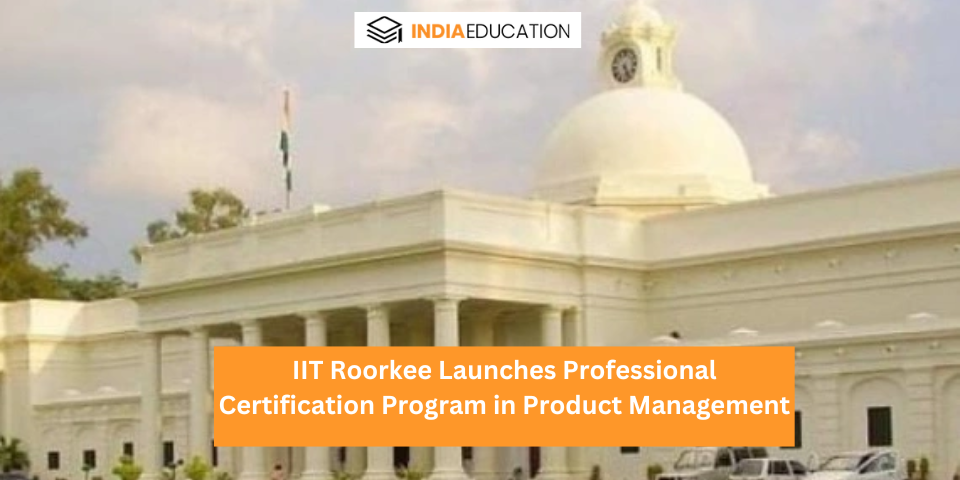
GATE Food Technology syllabus 2023
Ruchita N.

GATE Food Technology syllabus 2023: Food technology has come a long way in the past few years. With the ever-rising popularity of food delivery and foodie culture, there has been an increase in the demand for food technology-related courses. In this post, we will be providing you with the latest GATE food technology syllabus, which will help you prepare for the exam. So if you’re looking to start a career in food technology or just brush up on your skills, be sure to check out this post!
Optional Section
Food Chemistry and Nutrition
Carbohydrates: Structure and functional properties of mono- oligo-polysaccharides including starch, cellulose, pectic substances and dietary fibre; Proteins: Classification and structure of proteins in food; Lipids: Classification and structure of lipids, Rancidity of fats, Polymerization and polymorphism; Pigments: Carotenoids, chlorophylls, anthocyanins, tannins and myoglobin; Food flavours: Terpenes, esters, ketones and quinones; Enzymes: Specificity, Kinetics and inhibition, Coenzymes, Enzymatic and non-enzymatic browning; Nutrition: Balanced diet, Essential amino acids and fatty acids, PER, Water soluble and fat soluble vitamins, Role of minerals in nutrition, Antinutrients, Nutrition deficiency diseases.
Food Microbiology
Characteristics of microorganisms: Morphology, structure and detection of bacteria, yeast and mold in food, Spores and vegetative cells; Microbial growth in food: Intrinsic and extrinsic factors, Growth and death kinetics, serial dilution method for quantification; Food spoilage: Contributing factors, Spoilage bacteria, Microbial spoilage of milk and milk products, meat and meat products; Foodborne disease: Toxins produced by Staphylococcus, Clostridium and Aspergillus; Bacterial pathogens: Salmonella, Bacillus, Listeria, Escherichia coli, Shigella, Campylobacter; Fermented food: Buttermilk, yoghurt, cheese, sausage, alcoholic beverage, vinegar, sauerkraut and soya sauce.
Food Products Technology
Processing principles: Canning, chilling, freezing, dehydration, control of water activity, CA and MA storage, fermentation, hurdle technology, addition of preservatives and food additives, Food packaging, cleaning in place and food laws.; Grain products processing: Milling of rice, wheat, and maize, parboiling of paddy, production of bread, biscuits, extruded products and breakfast cereals, Solvent extraction, refining and hydrogenation of oil; Fruits, vegetables and plantation products processing: Extraction, clarification concentration and packaging of fruit juice, Production of jam, jelly, marmalade, squash, candies, and pickles, pectin from fruit waste, tea, coffee, chocolate and essential oils from spices; Milk and milk products processing: Pasteurized and sterilized milk, cream, butter, ghee, ice-cream, cheese and milk powder; Animal products processing: Drying and canning of fish, post mortem changes, tenderization and freezing of meat, egg powder.
Food Engineering
Mass and energy balance; Momentum transfer: Flow rate and pressure drop relationships for Newtonian fluids flowing through pipe, Characteristics of non-Newtonian fluids – generalized viscosity coefficient and Reynolds number, Flow of compressible fluid, Flow measurement, Pumps and compressors; Heat transfer: Heat transfer by conduction, convection, radiation, boiling and condensation, Unsteady state heat transfer in simple geometry, NTU- effectiveness relationship of co-current and counter current double pipe heat exchanger; Mass transfer: Molecular diffusion and Fick’s Law, Steady state mass transfer, Convective mass transfer, Permeability of films and laminates; Mechanical operations: Energy requirement and rate of operations involved in size reduction of solids, high pressure homogenization, filtration, centrifugation, settling, sieving, flow through porous bed, agitation of liquid, solid-solid mixing, and single screw extrusion; Thermal operations: Energy requirement and rate of operations involved in process time evaluation in batch and continuous sterilization, evaporation of liquid foods, hot air drying of solids, spray and freeze-drying, freezing and crystallization; Mass transfer operations: Properties of air-water vapor mixture; Humidification and dehumidification operations.




